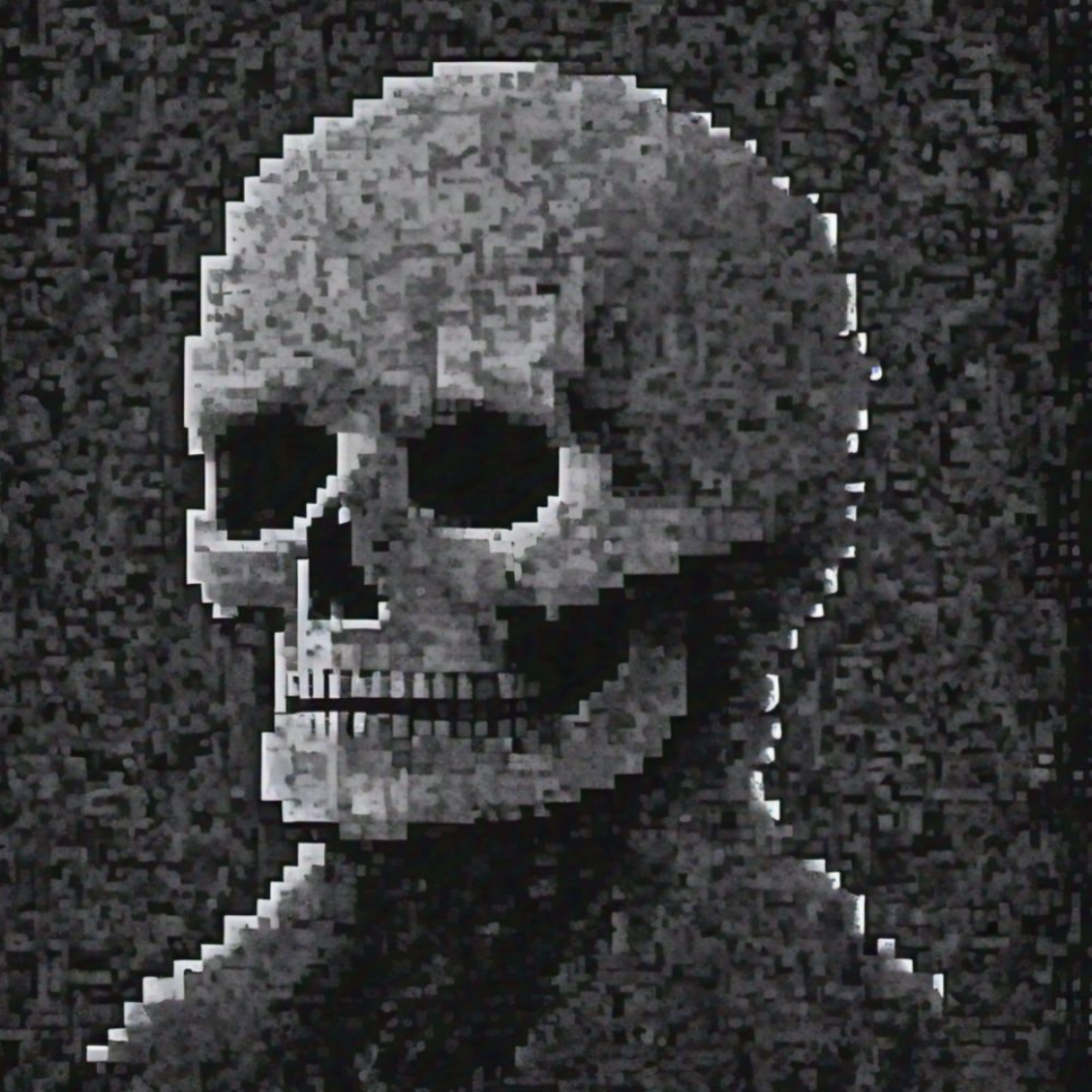4 Steps to Achieve Domain-Invariant Concept Learning in AI Systems
by
April 8th, 2025
Audio Presented by

A neural catalyst, igniting innovation and illuminating the hidden patterns that shape our world.
Story's Credibility

About Author
A neural catalyst, igniting innovation and illuminating the hidden patterns that shape our world.